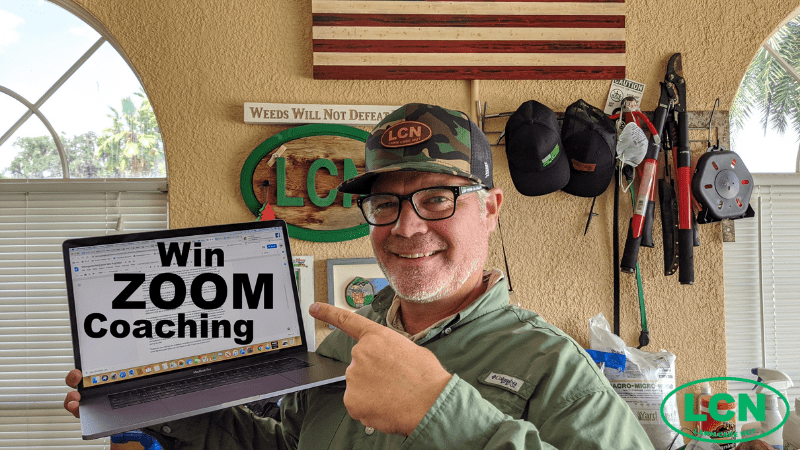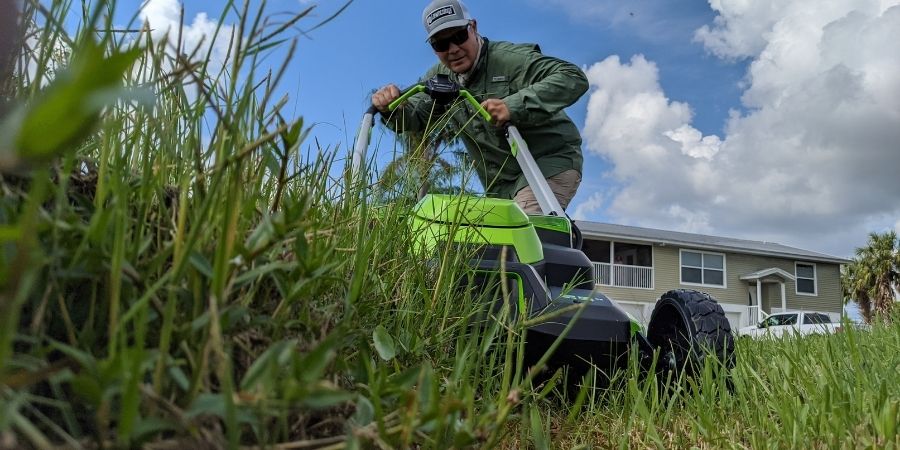Fall Recovery Tips and Win FREE Lawn Coaching from “The Lawn Care Nut, Allyn Hane”
- "The Lawn Care Nut"September 6, 2020
Summer is drawing to a close and fall is on the horizon, I bet many of you are glad for that! It’s been a hot hot summer for many of you throughout the east and Midwest, there have been hurricane storms across the south and into the east, and freak storms across Iowa. 2020 has been a challenge in so many ways, I think we are all looking forward to some relief with more mild days coming.
Before I give you some fall lawn recovery tips, let me talk about an opportunity you could win!
Milorganite and I are teaming up so one of you can get free lawn coaching from me to set up for the remainder of this fall and even into the spring.
We want to hear from you - what is your lawn’s story? It could be a struggling lawn that you just bought, or maybe one you’ve been working on for years. It could also be a lawn that is already in good shape and you’re looking for the next steps to take it to a new level. Whatever your lawn’s story, we want to hear it.
Submit your lawn story by Sunday, September 13, 2020. Include “your story” along with photos or a video of your lawn now and where it’s been - let us know how personal coaching from me could help you get to where you want to be.
The winner will be announced on or before 9/28/20. You will get two, 30-minute virtual consultations from me, “The Lawn Care Nut”, to set up your strategy and a future feature of your lawn on the Milorganite blog. I look forward to meeting you!

Fall Lawn Tips
Warm-season turf owners:
St Augustine, Bermuda, Zoysia, Centipede and bahia - keep pushing that lawn! We all live further south and therefore have longer growing seasons. We need to “pack on the pounds” before our turf shuts down heading into winter and when I talk about packing on the pounds I’m talking about thickening through rhizomes, stolons and roots. I recommend feeding your lawn with nitrogen in doses of around ½ lb. every 4-5 weeks while the weather is warm. In fact, you can continue pushing until soil temperatures fall to 70F and then cut it off from there.
Cool-season turf owners:
Kentucky Bluegrass, turf type tall fescue and ryegrass - you are coming into your final push of the season. Fall time for you is a time of root production with measured top growth. Because you have a season of dormancy under freeze coming, you can really pack in the fert to get the lawn ready for hibernation. I like to hit cool-season turf with at least 2 fall applications of Milorganite at the higher rate to get ¾ lbs. of nitrogen per 1,000 sq. ft and a final application at that same rate right after your final mow of the year. Call this your “winterizer” and you’ll be all set for a nice, green wakeup next spring.

For all of you, get your mowing in line. Maybe the busy summer caught you off guard, or it was just too hot for the lawn to grow, but no matter what, mowing in the fall time is important. The more you mow, the healthier your lawn will grow! Sharpen the blades, get the mowing height dialed in, and mow every 5-7 days or more if you can!
Finally, pre-emergents. For all you folks with warm-season turf, and for those of you who have cool-season turf that are NOT seeding, a fall pre-emergent is an excellent idea. Playing some defense in the fall is always a good idea.
Pre-emergent herbicides are those designed to stop weeds from invading your lawn. In the spring we talk a lot about them because of the threat of crabgrass but in fall they are just as important. Weeds like henbit, bittercress, annual bluegrass and chickweed invade lawns from north to the south, east and west and getting down an application of pre-emergent ahead of them can help your lawn as it works to thicken up. The less competition it has, the better.
Apply a pre-emergent with active ingredient dithiopyr or prodiamine right around the time when your soil temps fall to 70F. If you don’t want to track things that closely, then anytime in early September is a good target for both cool and warm-season lawns. Get that application down and watered in and you’ll see a decrease in weeds in your lawn not only this fall, but early next spring as well.
Those are your fall tips for a speedy recovery from summer. Start setting up your plan now so when fall time gets here, you are ready to roll. I’ll see you in the lawn!

